The use of marble for flooring is as old as flooring itself. From the buildings of ancient Greece to modern statues and monuments, the beautiful stone has a place in everything. There was a time when marble was the only choice for a sophisticated bathroom. But that was when tiles were limited to glass rather than the wide range of ceramic and porcelain tiles that exist today. Modern tiles can easily rival marble tile flooring in efficiency and beauty, and the average ceramic tile is much less expensive than its marble counterpart.
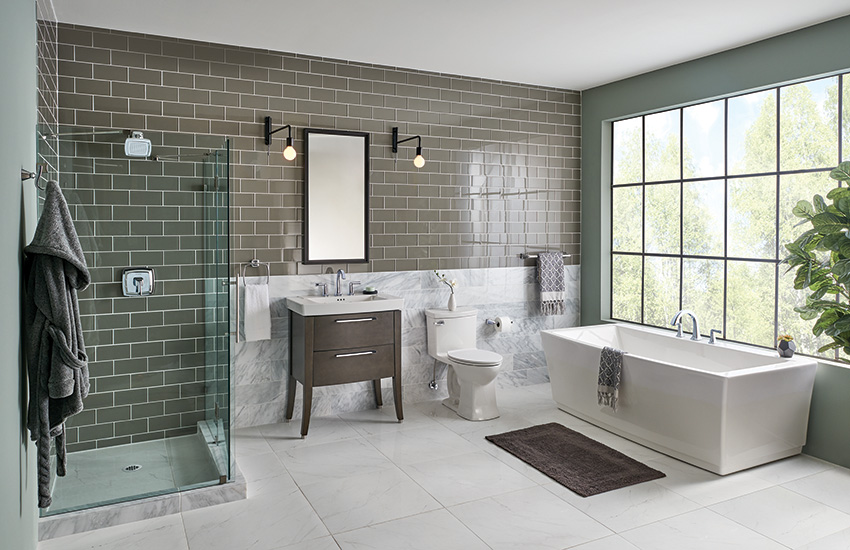
Marble is an elegant, natural material with an upscale appearance. It requires the same kind of sweeping and damp mopping as ceramic tile floors. However, unlike ceramic tile, marble is porous, so you shouldn’t allow water to puddle and stand on the surface. Standing water can penetrate the stone and cause discoloration.
Due to its origin as a sedimentary limestone, marble also has a pH on the base (alkaline) side. This means that it can have a chemical reaction whenever it comes in contact with acidic substances. This can include a wide variety of foods, sauces, beverages, and cleaning products. Stains and discoloration from these materials are usually permanent, but don’t worry. They can be prevented by applying a chemical penetrating sealer, as well as a surface sealer after installation. But for optimal protection, the surface sealer needs to be reapplied annually.

Even though it is stone, marble is actually a relatively soft material that can be scratched, scraped, and chipped if not cared for. This is especially true if the material is polished, since imperfections are always more noticeable in smooth, flat surfaces. Unfortunately, scratches cannot be easily repaired without replacing the damaged material entirely.
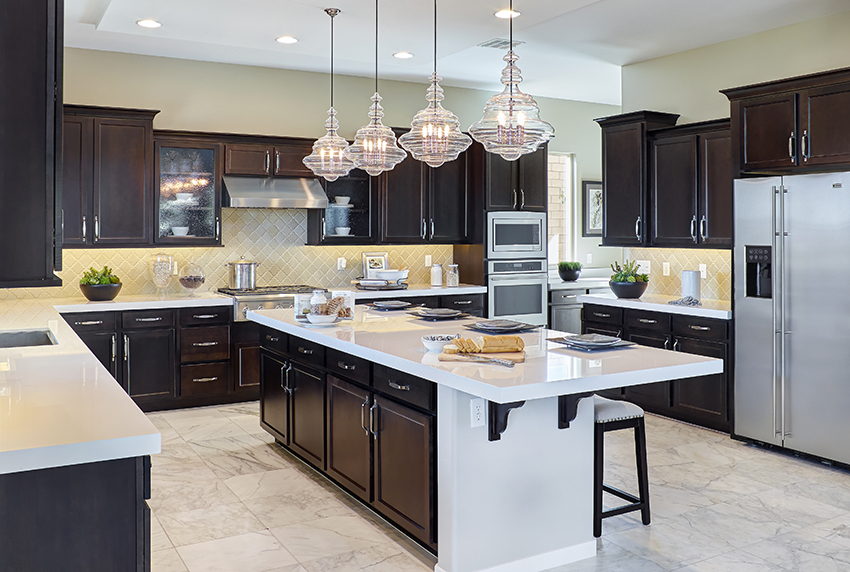
Is Marble Flooring Right for You?
No other material conveys elegance the way marble does, but marble is a temperamental stone that requires considerable care during installation and afterward. Before dishing out for marble flooring, you should educate yourself on its limitations.
Marble can be very expensive and has a smooth, cold texture that can be a real downside in a bathroom. Additionally, it is difficult and expensive to install. With the new bathroom ceramic tiles available on the market now, does going marble really make sense?
Bathroom ceramic tiles are designed for durability and elegance. They are tremendously versatile and their lower cost allows you more freedom to use them in novel ways. Tiles also tend to offer a better grip than a highly polished marble surface, helping to prevent slipping after bathing or showering.
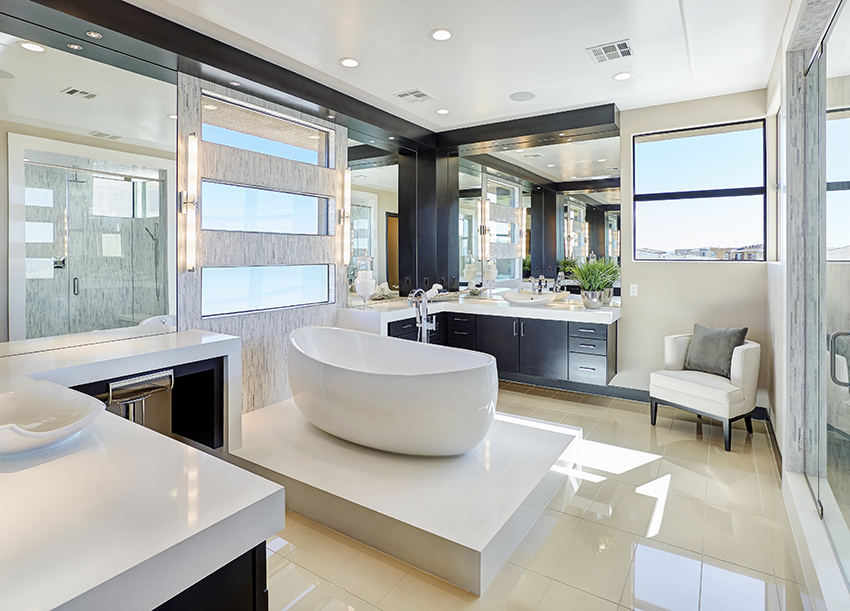
That being said, if you are really set on the marble look, a great way to achieve that same elegant appeal at less cost is to use the marble as an accent piece. Try using a granite or marble counter top instead of re-doing the entire bathroom floor in marble. You can find excellent ceramic tiles to coordinate with almost any counter top shade you could pick, which will help you get more bang for your buck in a bathroom remodel.
Of course, there are some situations where marble–and only marble–will do the job. If you have your mind truly made up, make sure that your marble supplier is responsible and willing to work with you. Some marble installers can be resistant to your questions and ideas, installing your floor the way they want to with little or no input from you. Coles expert craftsmen will be happy to answer your questions and help you get the bathroom you really want.
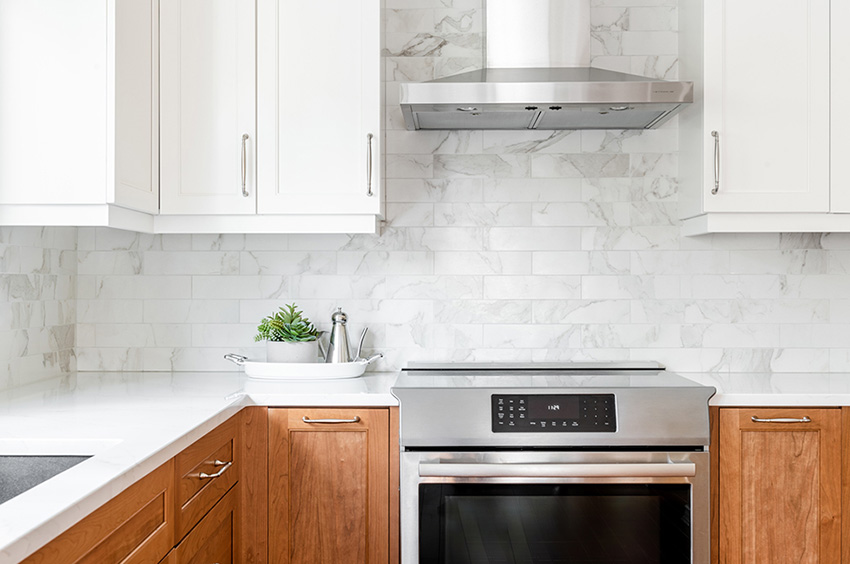



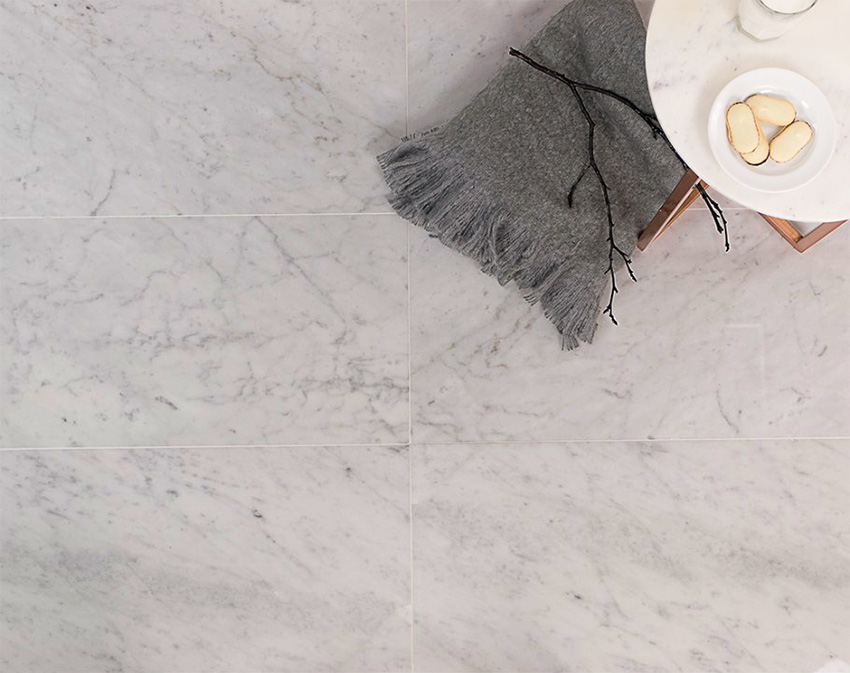
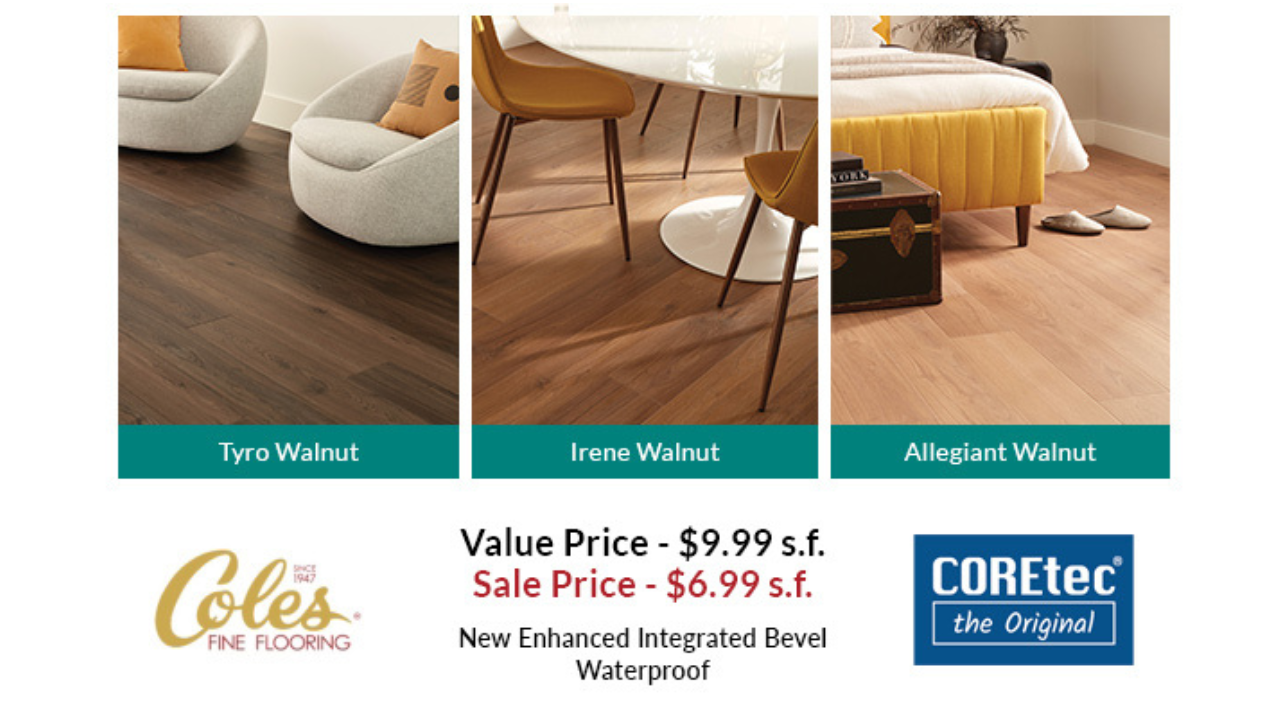

 Prelude Version 2.1
Prelude Version 2.1